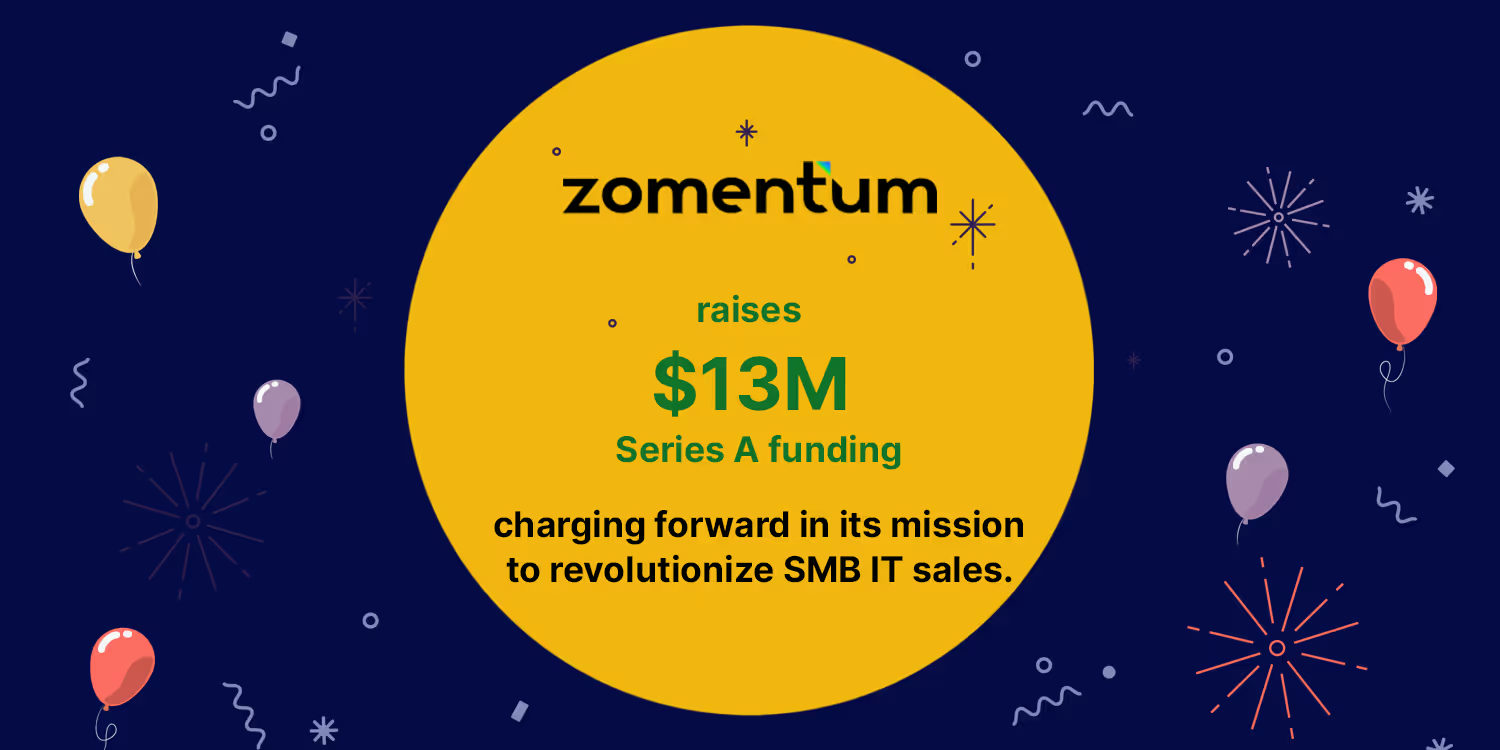Tips To Become a Smart MSP

As a managed service provider (MSP), there is nothing better than a big market presence, bringing home huge revenue, or gaining enterprise client. However, managing growth doesn’t come easy. Scaling your business and also keeping up with the market trends are challenging. Having worked with many smart MSPs around the globe, we understand these challenges faced by you. In this article, we discuss the best practices to help your MSP business thrive and grow.
So, how do you become a smart managed service provider?
Automation
Automating (and optimizing) your service delivery is the key ingredient to becoming a smart MSP. Implementing it will help you make the required shift to transforming and scaling your MSP.
First fix the process
Showing results is one thing. But to reproduce those results is a whole new ball game altogether. Before you automate your existing process, you need to first understand what goes into the process. One of the key drivers for good MSP business is the easy availability of the required applications. You need to ensure constant improvements to integrations, in order to make the applications quickly accessible and highly functional.
Begin by making a checklist. The value of a checklist lies in eliminating unnecessary information and making sure that every task in every process is accomplished, without exception.
This enables you to lay down a step-by-step ladder towards optimising your resources and processes. Take into account all the challenges you encounter along the way. Put in place necessary remedial action to avoid encountering those issues again. Once you know your checklist will function well, begin automating the process.
Pro tip 1: One of the prime benefits of setting up a clean process is consistent delivery of service. When you consistently deliver on your promises to your clients, they will give you repeat business.
Pro tip 2: Building a sufficient sales pipeline is key to a successful sales process. You need to make sure that you have new leads pouring in so that you are able to close enough business at the end of each month.
Then fix the skills gap
While you do this, pay close attention to your team members and the expertise they bring to the table. Most MSPs make the mistake of assuming that the skills gap is smaller than what it usually is. Look again through the skills that your team members have, skills that are not mentioned in their resumes. It could be something as simple as an employee writing a macro for Excel. Identify such skills that you will need to tie your services together. Then utilise these individuals who have the required skills to help you automate processes.
Pro tip 1: Invest in the growth of your team’s skill sets. This way, you can avoid the time and money spent in hunting for talented and high-performing programmers.
Pro tip 2: Incentivise your team to motivate them so that they bring home more sales and close more deals.
Do away with hero culture!
Hero culture is the belief that only a select group of hardworking employees taking care of certain projects is key to scaling your MSP business. This approach to business operations can be detrimental. Though, at first, this might seem to be a good solution to impress your clients, it is not a sustainable approach. Hence, it is essential that you switch from people to process. The sooner you take this approach, the better.
In the service industry, it is about the end result and the experience. Hence, it is important that you stop piggybacking on talent to get new customers onboard, and start demonstrating processes and ideas to solve your clients’ problems. You need to automate your business beyond that select group of people. You need to develop a process that lets you accomplish successful service delivery at scale.
Bring onboard DevOps culture.
At the heart of DevOps culture lies automation. DevOps culture is a set of practices that lets you automate the processes between software development and IT teams so that a software can be built, tested, and released in a faster and more reliable manner.

Image source: https://martinfowler.com/bliki/DevOpsCulture.html
What does this mean for a managed service provider?
A DevOps culture requires collaboration between development and operations teams that have historically functioned in siloes. It uses collaboration and automation to upend IT business processes. This way you can iterate on processes in an agile manner. The tight integration between programmers and IT admins can speed improvements. It also increases trust within the team, enables you to ship our services efficiently, and manage unplanned work that comes your way.
Pro tip: Always make sure you listen to the feedback and needs of your customers. This way you can develop your DevOps culture. This in turn creates an efficient service delivery model where you can reproduce great results.
The cloud vs on-premise — the great IT debate!
The cloud has been garnering a lot of attention and for good reason. It has become a popular form of hosting third-party technology due to ease of access, data storage capability and data retrieval, and adaptability. On premise hosting and cloud hosting perform similarly but under different circumstances. Since the cloud is a new platform that is constantly evolving, as a cloud MSP, you need to be up to date with emerging technologies.
You need to keep up with the trends and also deliver impeccable service to your clients efficiently. It is important that your document the process and the changes that comes with it. Documentation is a great source of competitive advantage. Processes that are documented become knowledge for the team. Your team will be able to perform consistently because the information they need is readily available. The best part — automating a process that has been well documented is relatively easier. This way you can optimize your time and resources without having to reinvent the wheel.
Pro tip: Not every customer is open to using cloud or willing to change their service delivery requirements. Public cloud services, on the other hand, are expensive though they are scalable. Find a middle ground, be versatile, and choose the right solution to meet your client’s needs.
Drowning in technical debt?
You get into some amount of technical debt every time you onboard a new client. This could be in the form of an added integration, additional implementation, or simply consultation that wasn’t initially part of the signed contract. While this may help you with recurring business or get in the good books of the client, this is not a scalable approach to doing business. Imagine if every new customer comes along and adds additional request. The consequence? A huge pile of technical debt which gets difficult to clear resulting in bad reputation for your business because you weren’t able to deliver on the client’s ‘request’.
The right way to go about this to ensure a clean and tight onboarding of your customer within your service model. By doing this you make it a seamless process to deliver the services you’ve agreed on and bill them for those services. But how do you ensure a smooth sail when it comes to the onboarding process?
Set up a process to bring on board new clients, look for any recurring issues and address them right away. Employ the DevOps mindset of continual improvement. Make adjustments to the process and promptly address any challenges you come across. Once you have a clear process in place, begin automating it.
Conclusion
To sum it all up, no matter how big the revenue goal of your MSP business, you need to adapt quickly across all functions through automation and optimization. The answer to building a great business does not depend on the size of your team, but in your ability to build a cohesive framework within which your team can function.
Always remember that your clients are the lifeline of your MSP business. Provide them with remarkable service and not an abbreviated solution to their business problem. Instill a work environment that ties skills, functions, and processes together. Ensure you have a well-automated platform and ensure that all your team members adhere to the processes. This is undeniably a tested and powerful way to make sure you’re delivering the right kind of service to your clients every single time.
Is there a best practice that you’d like to see included in this list? Let us know in the comments below.
Suggested Blogs

What’s new in Zomentum - December 2019
.avif)
Zomentum Announces the Top Influential Partners of 2023: Leading the Way in Growth and Innovation

